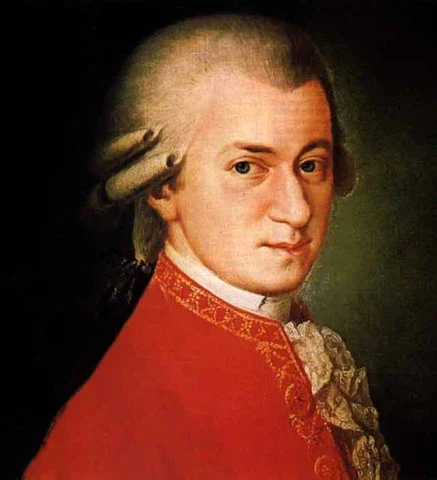Adolescent Behavior Theories and “Gifted” vs “Talented”
Mozart: the quintessional ‘child prodigy’
Our discussions this week were around practical behaviour strategies, with tips like maintaining lesson flow, using subtle non-verbal cues like eye contact or proximity, and reserving acts like removal from class to only when absolutely necessary. This led to exploring the concept of explicit teaching, and how it applies in music not only to instruction but also to behavioural expectations. To be successful in adapting adolescent behaviours to the classroom, teachers should clearly model how best to cooperate, build strong rehearsal habits, and to respectfully listen when others are performing.
In looking at McPherson and Williamon’s (2015) interpretation of Gagné’s Differentiated Model of Giftedness and Talent, I was intrigued in defining the distinction between the two. They argue that “giftedness” is the natural and innate abilities of a student, as well as their potential for excellence. “Talent” meanwhile is the application of this potential through practice and the development of technical skills. While giftedness arises from the appraisal of an early learner, talent grows through encouragement and from opportunities and relationships. This made me reflect on my own understanding of the terms, and how a teacher’s influence can help transform the potential of students into talented musicians. It also made me wary of prioritising those with a gifted label, and ensuring that my teaching practice remains egalitarian and for the musical development of all students.
